Best Music Producing Software For Mac
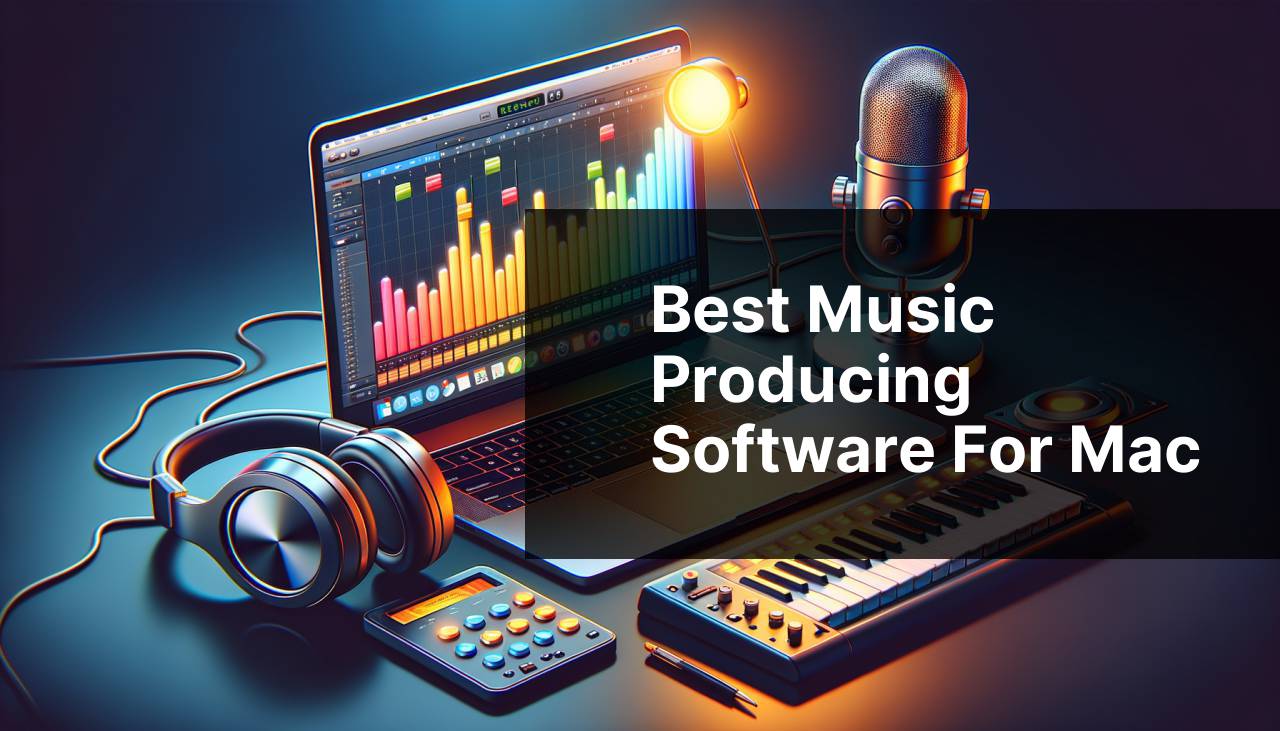
If you’re diving into the world of music production on a Mac, the sheer number of software options available can be both exhilarating and overwhelming. As a music producer myself, I’ve explored a variety of these tools to discover what works best for crafting everything from pulsating electronic beats to orchestral compositions. In this blog, I’ll share my insights on the best music production software for Mac, helping you make an informed decision that aligns with your creative vision and workflow.
Logic Pro
Apple’s flagship Digital Audio Workstation (DAW), Logic Pro, is revered by professionals for its powerful recording, editing, and mixing capabilities. Designed exclusively for Mac, it boasts a vast library of instruments, loops, and effects encompassed in a user-friendly interface.
Pros
- Comprehensive suite of features for advanced production
- Seamless integration with macOS and other Apple products
Cons
- Can be overwhelming for beginners
- Higher cost compared to some competitors
Ableton Live
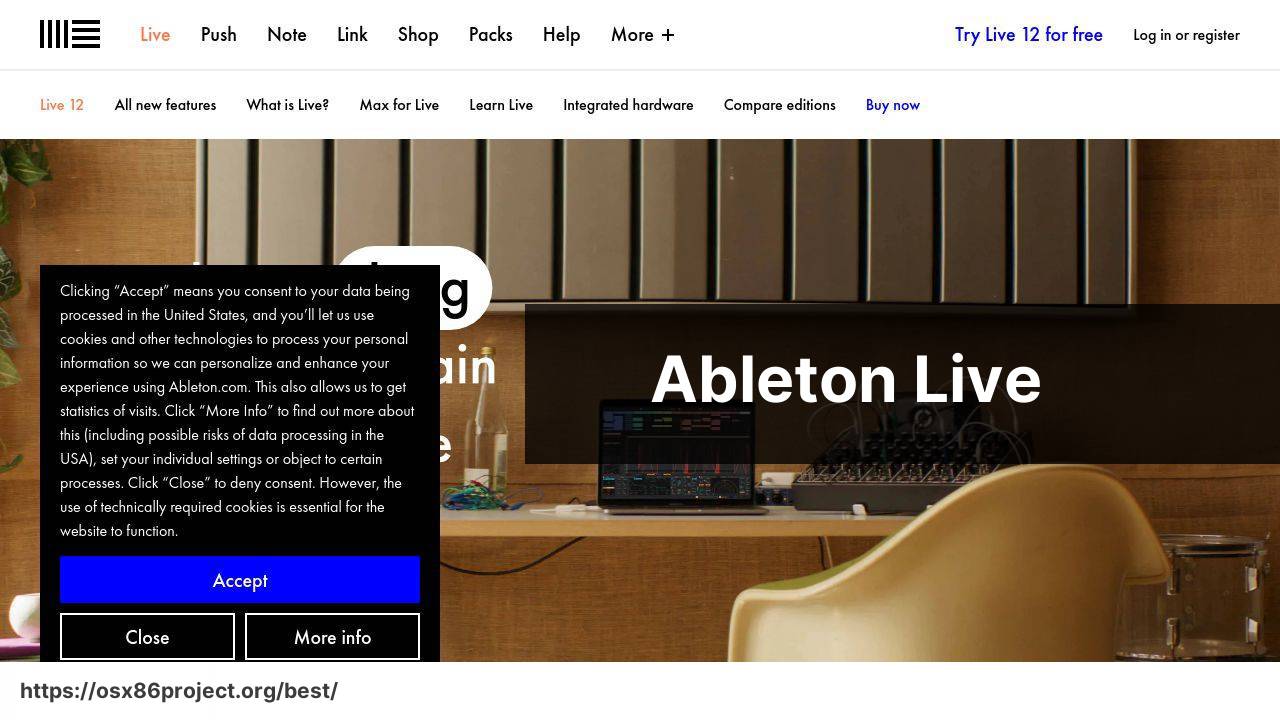
Ableton Live is acclaimed for its intuitive session view that makes live performance and improvisation a breeze. Offering a clean and flexible workflow, it’s favored by electronic music producers and live performers alike.
Pros
- Innovative session view ideal for live setups
- Great for loop-based creation and experimentation
Cons
- Steep learning curve for traditional studio producers
- Pricier compared to other DAWs
GarageBand
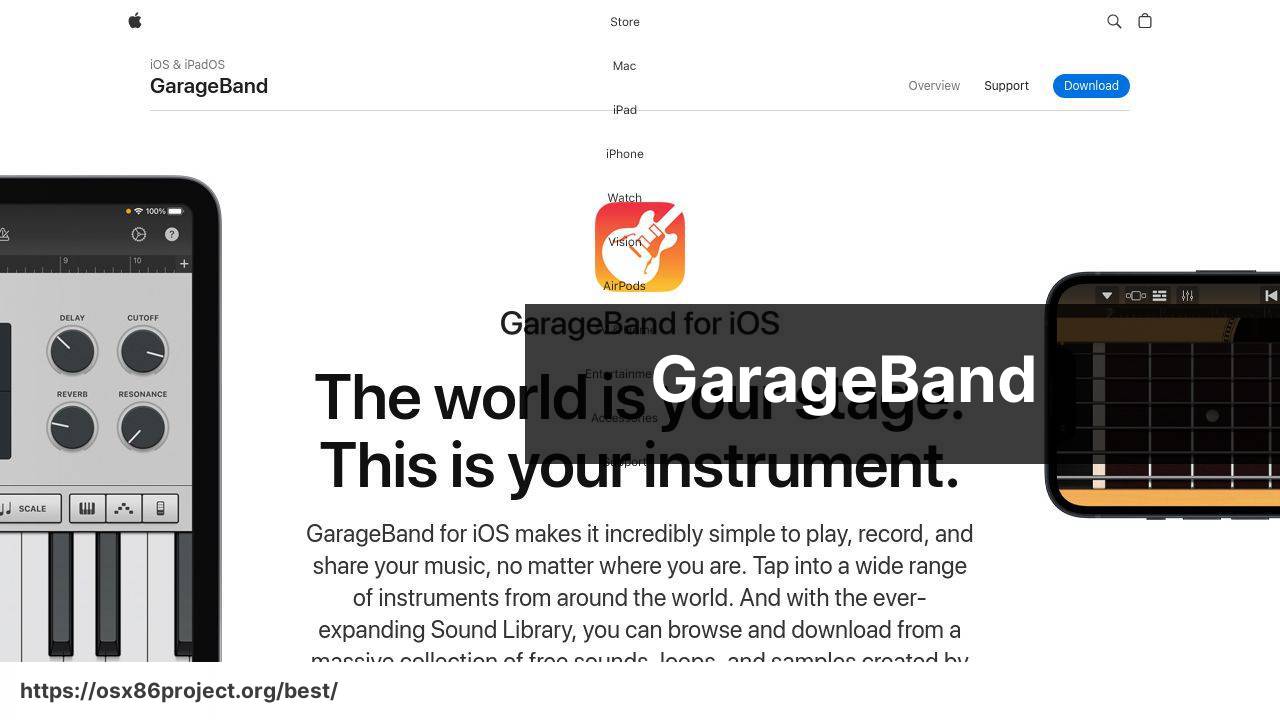
GarageBand stands as the gateway for many budding producers on Mac. It serves as a great starting point with its intuitive interface, a nice selection of built-in instruments, and compatibility with Logic Pro for when you’re ready to upgrade.
Pros
- Free with macOS and user-friendly for beginners
- Ample features for basic recording and production
Cons
- Limited advanced features for professional use
- Exclusively for Apple devices, limiting collaboration
Cubase

Renowned for its MIDI editing prowess, Cubase by Steinberg offers a robust environment for composition and production, making it a popular choice amongst musicians and producers who heavily rely on MIDI sequencing.
Pros
- Exceptional MIDI capabilities and traditional recording
- Versatile for various music genres
Cons
- Requires a USB eLicenser which can be cumbersome
- Some features can be complex for novices
Studio One
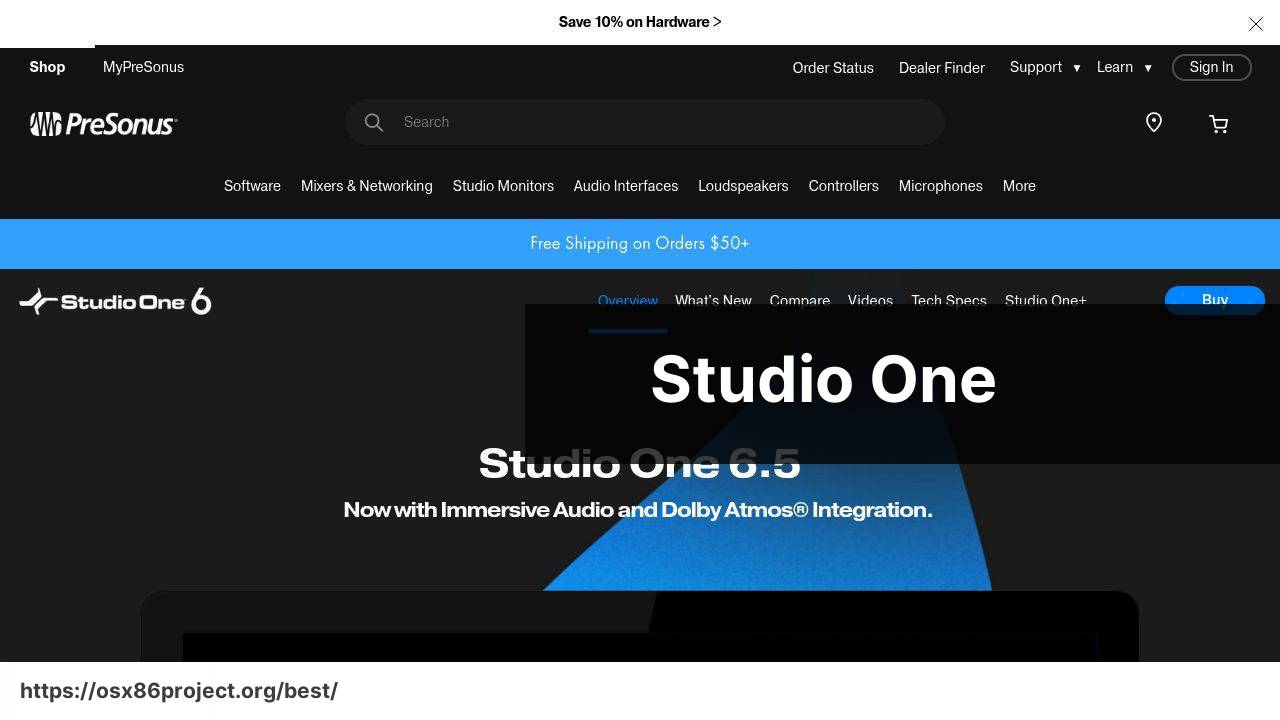
PreSonus Studio One has quickly gained a reputation for its drag-and-drop functionality and single-window workspace. It’s a strong all-rounder that makes the recording, arranging, and mixing process highly efficient.
Pros
- Intuitive single-screen interface
- Flexible for various production styles
Cons
- Less comprehensive stock sound library than competitors
- Limited hardware control surface support
Reason
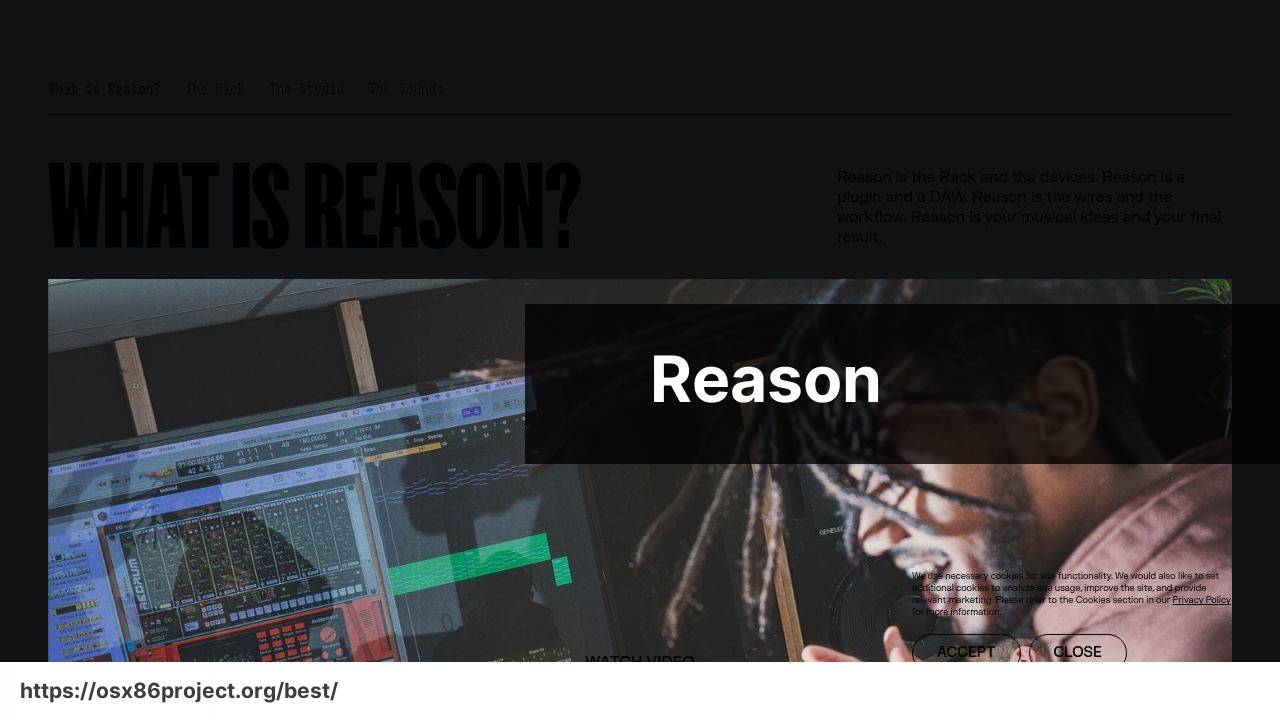
With its virtual rack of synths, samplers, and effect units, Reason by Propellerhead mimics a traditional hardware studio setup, appealing to those who prefer a tactile, hands-on approach to music production.
Pros
- Unique rack-based workflow and superb stock devices
- Extensive sound design capabilities
Cons
- May feel less intuitive for some users than linear DAWs
- Initially, it can be visually overwhelming
Conclusion:
Beyond the specificities of software, becoming a proficient music producer involves a continuous journey of learning and practice. Engaging with audio production magazines and online communities can provide you with a wealth of knowledge on recording techniques, mixing, mastering, and more.
It’s also crucial to be mindful of the evolving music industry trends. Visiting sites like MusicRadar and Billboard, will keep you informed about new software, hardware, and methodologies that can influence your music production approach. Remember, the right software is just the beginning – your creativity and dedication are what truly bring your musical ideas to life.
FAQ
What is considered the leading music production software for Mac users?
Logic Pro X is highly regarded among Mac users for its comprehensive set of features designed specifically for professional music production. Explore on Apple’s official website.
Are there any free music production programs for Mac?
Yes, GarageBand is a free option provided by Apple that offers a wide range of features for beginners and enthusiasts. Learn more on Apple’s GarageBand page.
What is a popular cross-platform music production softwarethat works on Mac?
Ableton Live is a popular choice for cross-platform users, appreciated for its live performance capabilities and intuitive interface.
Is Pro Tools a good choice for music production on Mac?
Indeed, Pro Tools is a professional standard in the industry, offering advanced editing and mixing capabilities.
Can beginners use FL Studio on Mac for music production?
FL Studio is beginner-friendly and provides plenty of tools and plugins for users to learn and create music effectively on Mac.
What makes Logic Pro X stand out compared to other Mac music software?
Logic Pro X stands out with its tight integration with Mac hardware, expansive sound library, and its seamless workflow with other Apple products.
Do professionals use GarageBand for music production?
While professionals might use GarageBand for sketches or demos, they typically graduate to more advanced software like Logic Pro X for full productions.
Can I produce music of any genre with these Mac-compatible software options?
Absolutely, from electronic to rock, these software options like Logic Pro X and Ableton Live are versatile enough to handle any music genre.
Is it important to have a Mac with high specs for using these music production platforms?
Running complex productions smoothly does require higher specs, so a Mac with a robust processor and ample RAM is recommended.
Can you collaborate with others using music production software on Mac?
Yes, many of these software options, including Logic Pro X and Pro Tools, offer features that facilitate collaboration with other artists and producers.
 Best MacOS Apps / Software
Best MacOS Apps / Software
